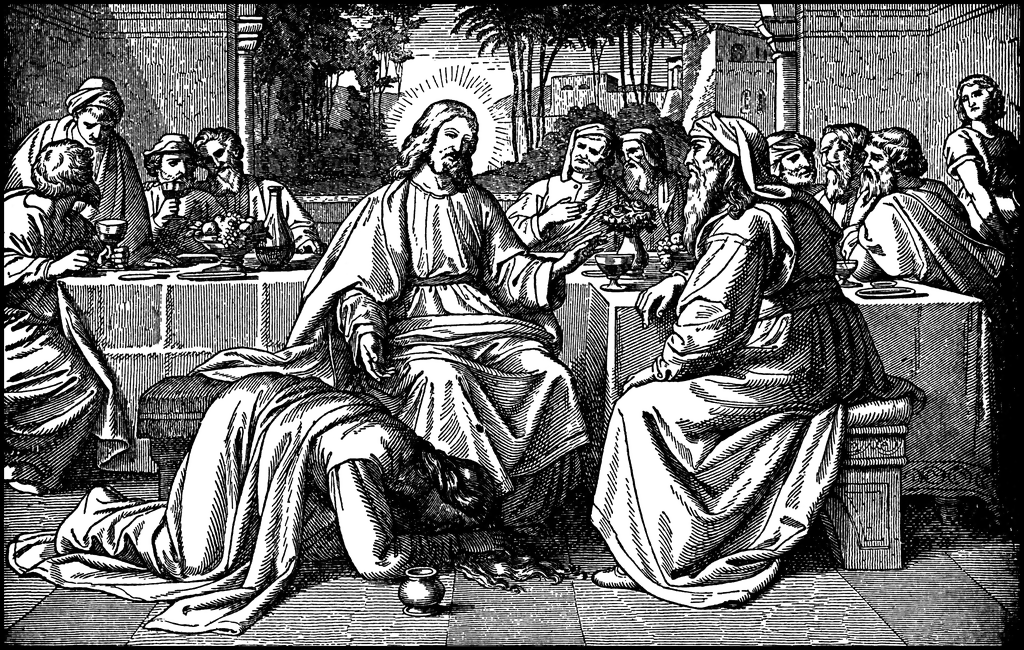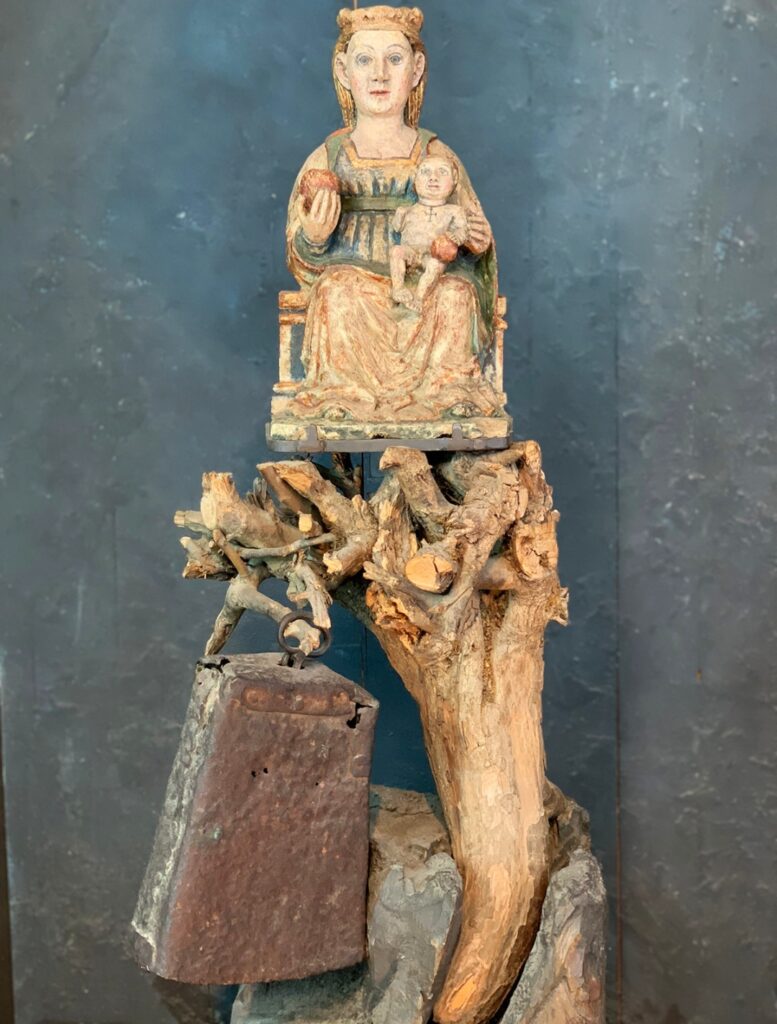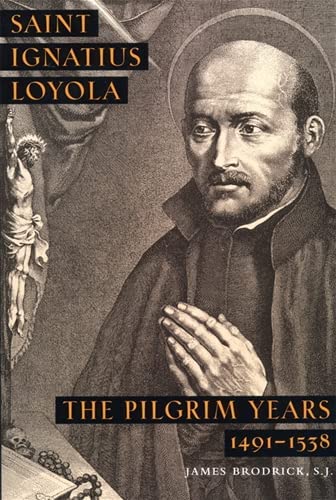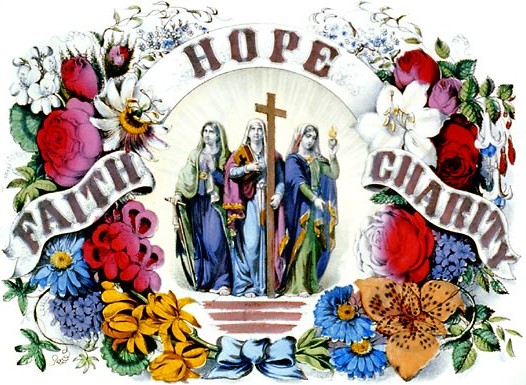A sadness my father possessed,
In the bone, there is regret,
In the blood, a home, tears forget,
Within the lasting memory, the sadness
The love unrequited, a child torn in two,
The silent fool twiddles his thumbs,
Eyes averted, unable to speak, mute,
He hums to himself, singing an unknown song,
Even to himself, acceptance, reality, melancholy,
Searching within, dissipation, diminishing horizons,
The subtle dreamer stares into galaxies,
Black holes, nebulas forming the image of an eye,
The shorting of time, the passing of moments,
Expanding while retracting, growing while diminishing,
A mother who never loved properly,
A Mother who does, visions and fantasies,
The suffering child casts shadows upon himself,
Crevices, cracks, sets of observations,
Broken and bent, unconscious and subconscious,
Insanely powerful, emerging problems,
Stripping the subjectivity of the world, demented,
Apparitions and sacrifice, growth with no connection,
Infusion, maturity slow forming, allowance,
The multitude of memories coalesce into love.
Monthly Archives: February 2023

The Teachers
There are three faces of the Self
each one of us conceals:
the silent fool, the subtle dreamer and the suffering child.
But what is their importance?
What have they to teach
beyond the duties and desires,
the pleasures and pieties of living?
Father Paul Murray

Befitting Tears
…first…the tears of wicked men of the world. These are the tears of damnation. The former are those of fear, and belong to men who abandon sin from fear of punishment, and weep for fear. The third are the tears of those who, having abandoned sin, are beginning to serve and taste Me, and weep for very sweetness; but since their love is imperfect, so also is their weeping, as I have told thee. The fourth are the tears of those who have arrived at the perfect love of their neighbor, loving Me without any regard whatsoever for themselves. These weep and their weeping is perfect. The fifth are joined to the fourth and are tears of sweetness let fall with great peace, as I will explain to thee. I will tell thee also of the tears of fire, without bodily tears of the eyes, which satisfy those who often would desire to weep and cannot. And I wish thee to know that all these various graces may exist in one soul, who, rising from fear and imperfect love, reaches perfect love in the unitive state. –The Dialogue of St. Catherine Of Siena: A Conversation with God on Living Your Spiritual Life to the Fullest
…the Middle Ages were saturated with tears: “their rivers of tears haven’t quite dried up even today, and whoever has an ear for pain can still hear their lamentations.” But how can we understand today exactly what those tears meant? They are not just about pain, for one thing. Along with tears of pain, medieval writers describe tears of penitence, of joy, of union with the divine. But the meaning or precise stimulus for tears is often difficult to trace. …revealing the tremendous diversity in the ways in which those who cry describe or explain this reaction. For Catherine, it is of utmost importance to do precisely this difficult work; her sophisticated typology of tears in the Dialogo is dedicated to separating out variously motivated tears…Catherine as author defines her mechanics of authorship in the terms of speech far more often than she describes herself as a writer. In both cases, tearful speech and tearful writing, weeping serves to authenticate words. In her essay “Stabat Mater,” Julia Kristeva suggests that milk and tears have this in common: “they are the metaphors of nonspeech, of a ‘semiotics’ that linguistic communication does not account for.” Milk and tears are the “privileged signs of” the Mater Dolorosa. Silently maternal, she listens, offering ear, tears, and breast. But this is not the only iconic example of weeping present to medieval people. Another key figure is the female sinner who washed Jesus’ feet with her tears and dried them with her hair, described in Luke. She “stood at his feet behind him weeping, and began to wash his feet with tears.” Jesus confirms the significance of her action: “Thou gavest me no water for my feet: but she hath washed my feet with tears.” While they are not “linguistic,” the woman’s tears speak her penitence and bring her into contact with Christ. In return for her love and humble service, she obtains forgiveness. These tears communicate for her. This female sinner is one component of Mary Magdalene, the “composite saint”…It seems safe to assume that this example would have informed Catherine’s ideas about the importance of tears… Heather Webb “Lacrime Cordiali: Catherine of Siena on the Value of Tears” from “A Companion to Catherine of Siena”


Montserrat to Manresa



Our Lady of Aranzazu


Mary the Dawn

Biography



Recent Comments